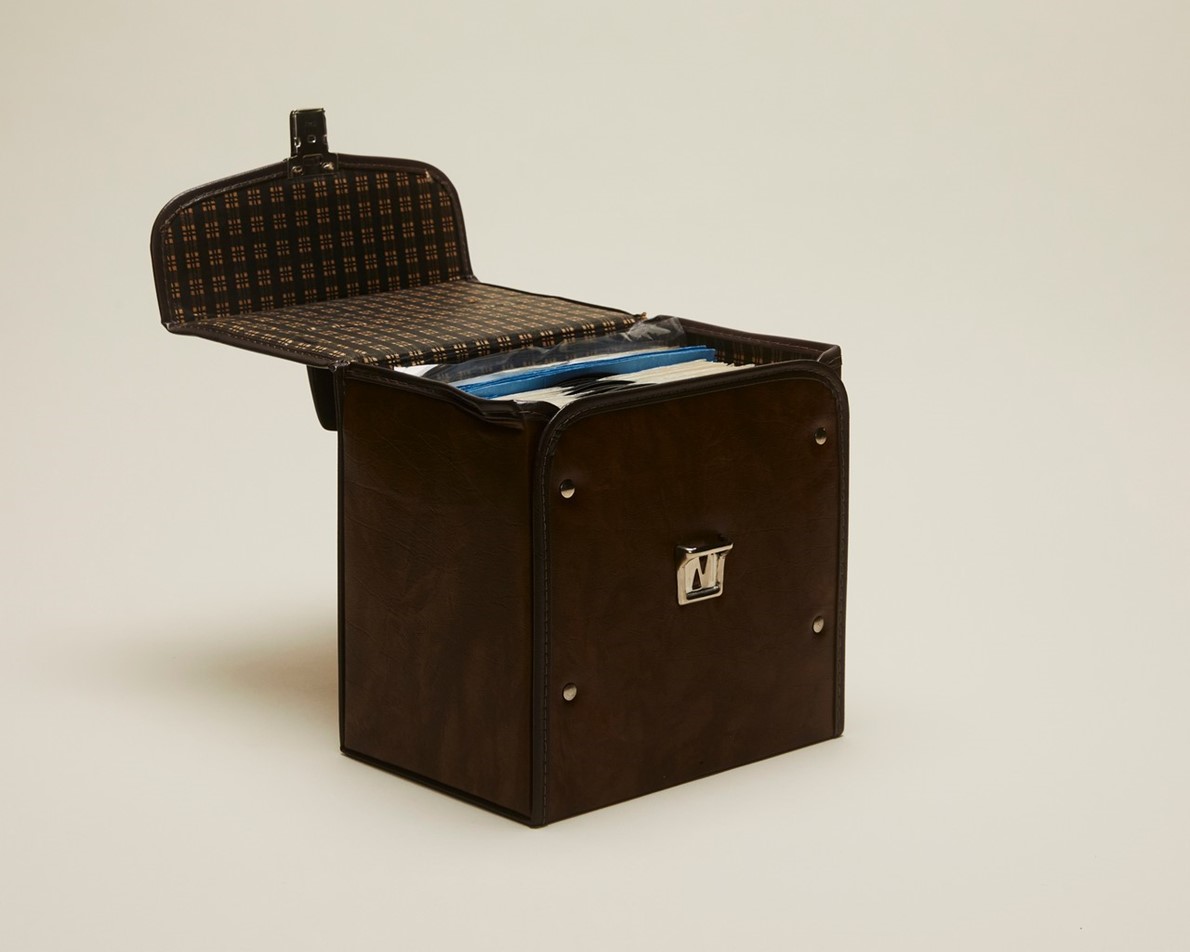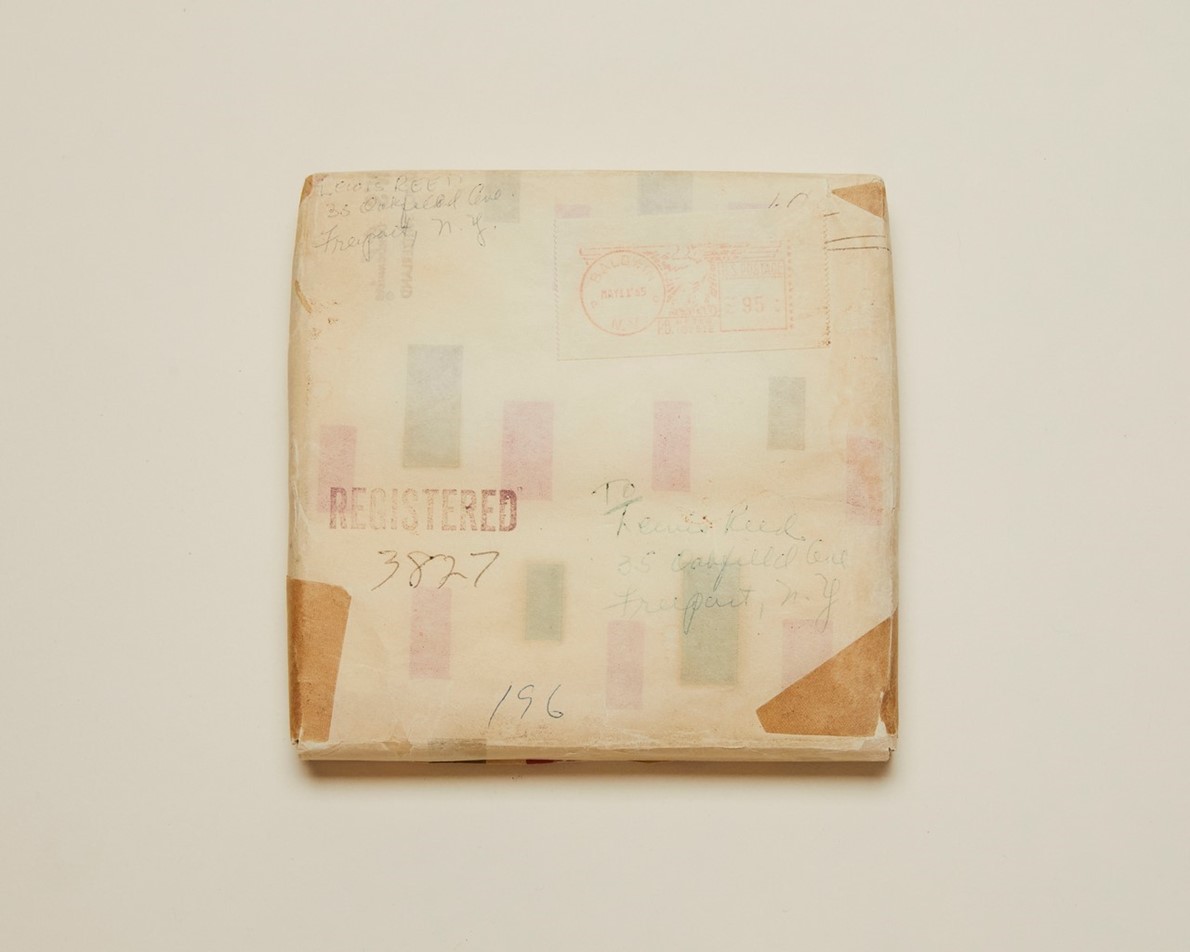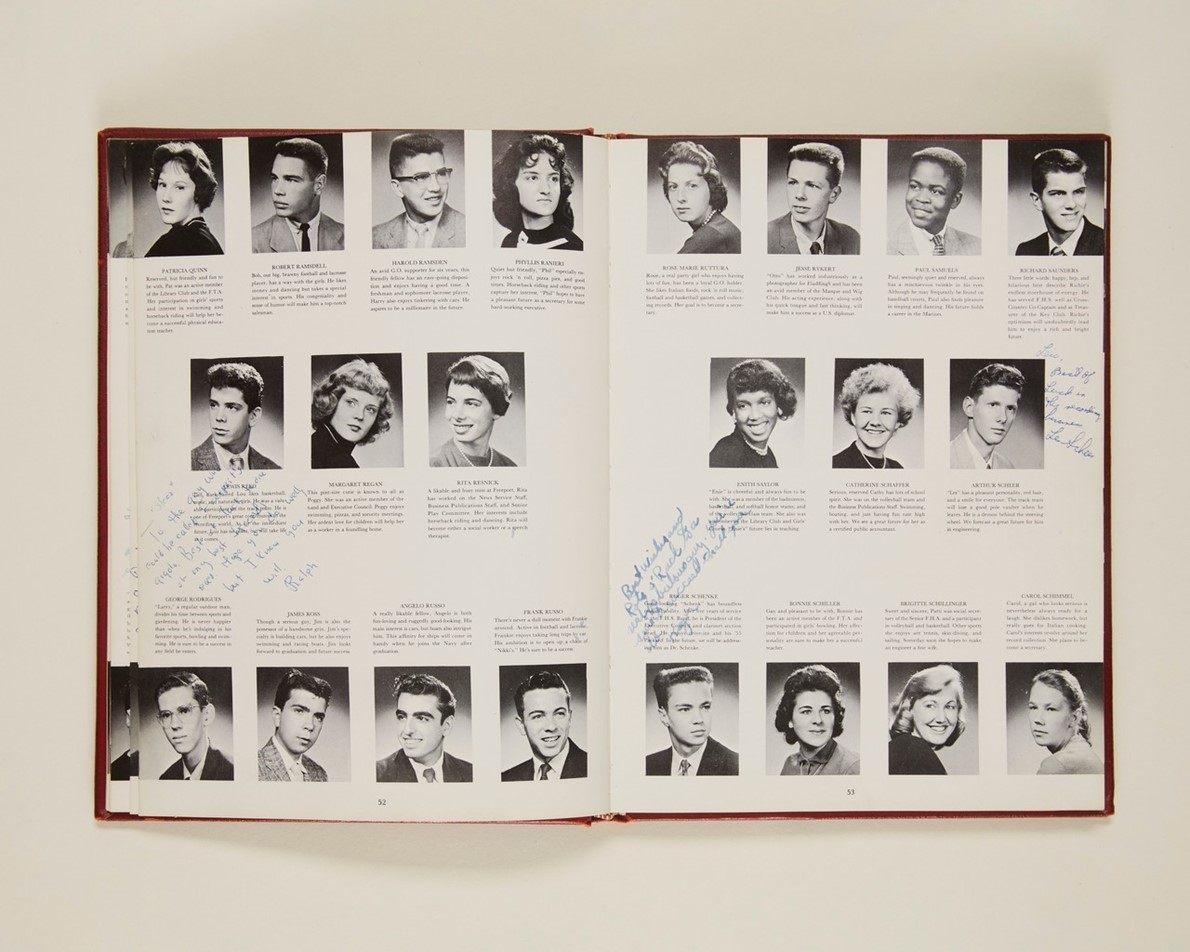NEW YORK, United States — At a glance, it is a modest
artifact: a 5-inch reel of audiotape, housed in a plain cardboard box. Its
wrapping bears a postmark of May 11, 1965, and the sender and addressee are the
same: Lewis Reed.
اضافة اعلان
But if there is a “Rosebud” in Lou Reed’s archive — a telltale
totem from youth — this is it. The box, still unopened, was found in Reed’s
office after his death in 2013. It was only after the
New York Public Library
acquired his materials four years later from Reed’s wife, artist Laurie
Anderson, that archivists finally opened it and played the tape. What they
found were some of the earliest known recordings of songs that Reed wrote for
the Velvet Underground, his groundbreaking 1960s band, in stripped-down, almost
folky acoustic versions that may leave fans and scholars stunned.
The tape is at the center of “Lou Reed: Caught Between the
Twisted Stars,” the first exhibition drawn from Reed’s archive, which will open
Thursday at the Library for the Performing Arts, at
Lincoln Center.
The full archive is enormous, with about 600 hours of audio,
along with videos, correspondence, legal paperwork, and forms of documentation
that range from photos of a
White House visit in 1998 to endless petty-cash
receipts from life on the road in the 1970s. There are tour rehearsals, audio
experiments, handwritten lyrics, stacks of Velvet Underground bootlegs and even
Coney Island Mermaid Parade banners from 2010, when Reed and Anderson served as
king and queen.
To Anderson’s delight, it is available for exploration by anyone
with a library card, although, as she notes, the full character of Reed himself
— irascible, sentimental, obsessed with sound and tech — cannot be conveyed
from his scraps.

“This collection is to inspire people,” Anderson said in an
interview at her
New York studio, where a portrait of Reed performing in dark
shades looms on a wall. “It’s not necessarily to say, ‘Here’s the real Lou
Reed.’ That’s never what it was meant to be. Here’s a lot of his music and how
he did it. Be inspired by it. But it’s not and can’t be a real picture of the
man.”
The exhibition, which runs until March 4, 2023, has a sampling
of items from Reed’s complete archive, which takes up 112 linear feet of shelf
space and has 2.5 terabytes of digital files, making it one of the library’s
largest audiovisual collections. The show was curated by Don Fleming, a music
producer and archivist, and Jason Stern, who worked with Reed in the last few
years of his life.

Visitors will first encounter a video of Reed calmly reciting
the world-gone-to-hell lyrics of “Romeo Had Juliette,” from his 1989 album “New
York” (“
Manhattan’s sinking like a rock, into the filthy Hudson what a shock”),
establishing Reed as poet, provocateur, and chronicler of Manhattan’s
demimondes. Other galleries showcase Reed’s time with the Velvet Underground,
his solo work, and his poetry. A listening room will feature the meditation
music Reed created as a practitioner of tai chi and an immersive version of
“Metal Machine Music,” his notoriously abrasive 1975 album.
Except for Reed’s personal Rolodex, every item in the library
collection is accessible to the public. Discoveries have already been made,
like a previously unknown song, “Open Invitation,” that was found on a cassette
from the mid-1980s — a rock ’n’ roll tune about tai chi, the martial art that
became Reed’s great passion late in life.

Just last month, Fleming and Stern realized they had misdated a
tape labeled “Electric Rock Symphony,” assuming it was a 1970s demo for “Metal
Machine Music.” After examining the tape further, and comparing its audio to
that of others in the collection, they now believe it was made in 1966, or
possibly 1965, a sign of how long the “Metal Machine” technique —
feedback-driven guitar drones, adapted from composer La Monte Young — had
gestated.
The biggest discovery so far is the May 1965 tape. Reed had
shown it to friends, though its contents were unknown even to the Velvets’ most
determined bootleg hunters. Featuring Reed playing acoustic guitar and
harmonizing with John Cale like coffeehouse folk performers, the tape’s
versions of “I’m Waiting for the Man,” “Pale Blue Eyes”, and “Heroin” are miles
away from the explosive sound the two young men would develop just months later
with the
Velvet Underground.

On Aug. 26, the specialty reissue label Light in the Attic will
inaugurate a series of Lou Reed archival albums with the release of “Words
& Music, May 1965,” with 11 cuts from that tape, along with other early
recordings. Among those early tracks is Reed softly singing the spiritual
“Michael, Row the Boat Ashore” in 1963 or 1964 with fingerpicked guitar
accompaniment.
For Anderson, those tapes are a sign of the twisting path that
Reed took to become an artist. “That’s a valuable thing for people to
understand,” she said. “You don’t become Lou Reed overnight.”
Read more Culture and Arts
Jordan News



